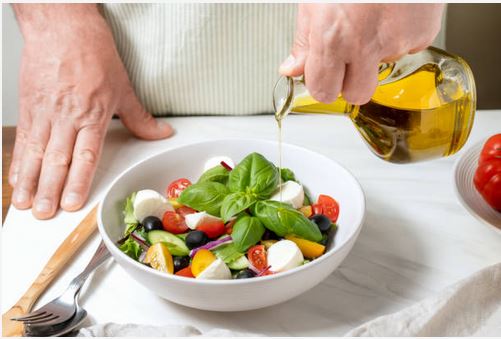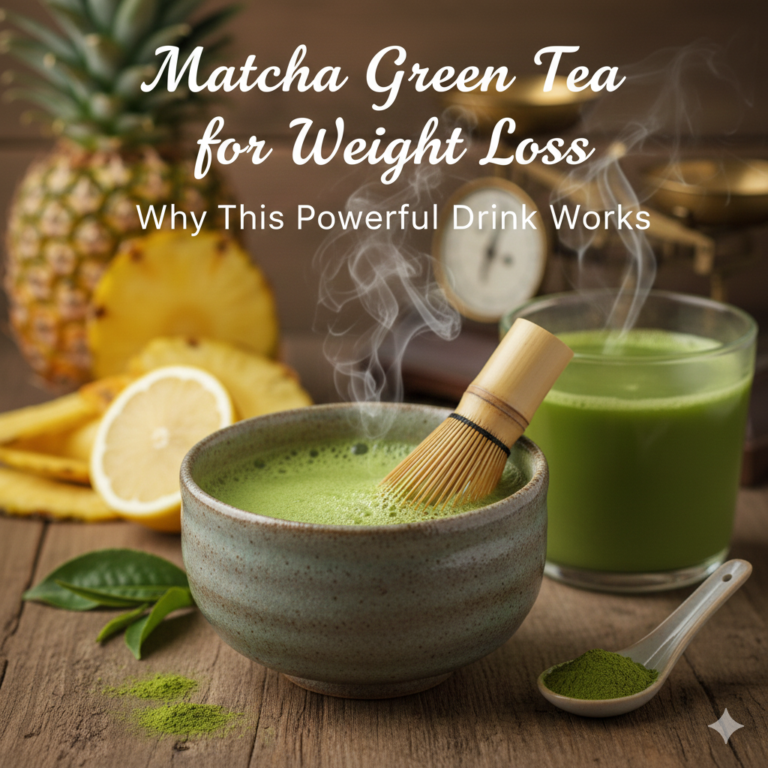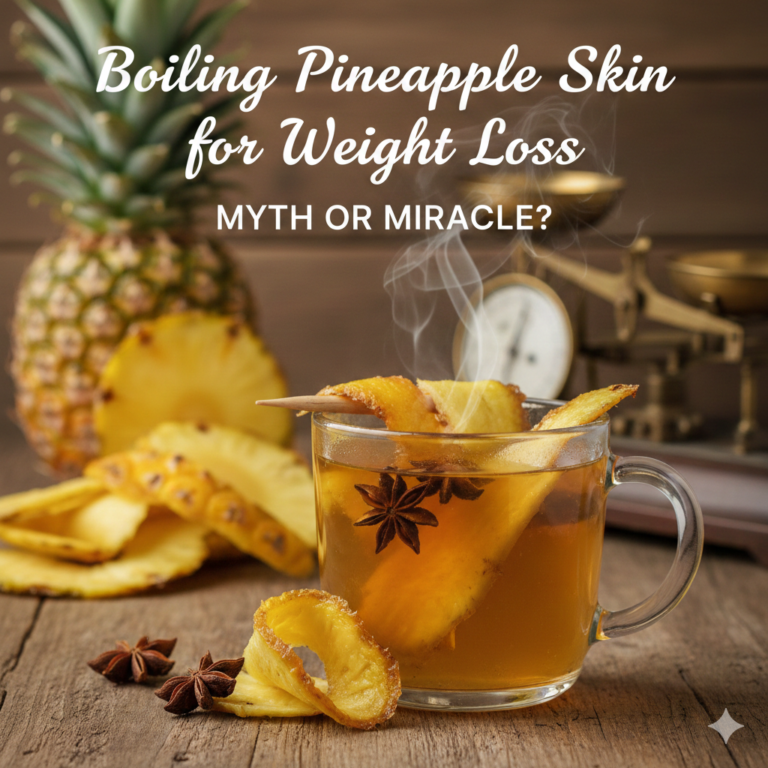The Best Veggies for Intermittent Fasting Diets is not an obscure idea for all those people who have little bit knowledge of intermittent fasting. If you are struggling with weight loss despite of all the best weight plans and supplement have bee used then you can get your desired results with simple intermittent fasting plan. But these fasting plans give best results when they are align with proper diet plan. And vegetable based diet plans produce excellent results here.

Slim Down Naturally with High-Fiber, Low-Calorie Vegetables
The Best Veggies for Intermittent Fasting Diets
🌙 What Is Intermittent Fasting (IF)?
Intermittent fasting is an eating method where you alternate between eating and fasting periods.
Popular styles include:
-
16:8 (16 hours fasting, 8 hours eating)
-
18:6 or 20:4
-
OMAD (One Meal A Day)
-
5:2 (eat normally for 5 days, restrict calories for 2 hours)
This isn’t about what to eat, but when you eat.
However, what you eat during your eating window can make or break your success.
🥗 Why Vegetables Are Crucial for Intermittent Fasting
Vegetables are your best friend when you’re intermittent fasting. Here’s why:
1. They Fill You Up Without Overloading Calories
Vegetables are rich in fiber and water. This means you can eat more and feel full—without consuming too many calories.
2. They Keep Digestion Smooth
Fiber helps prevent bloating and constipation. Your gut stays happy when you eat fiber-rich veggies.
3. They Support Nutrient Replenishment
During fasting, your body goes through repair. Vegetables help refill your vitamin and mineral stores naturally.
4. They Keep You Energized
Leafy greens and colorful veggies are packed with antioxidants and minerals that help you stay focused, even when you’re eating less frequently.
🥦 Best Vegetables to Eat During Intermittent Fasting
Here’s a list of top veggies that support weight loss, energy, and satiety on an intermittent fasting diet.
🥬 1. Spinach
-
Low in carbs, rich in iron and magnesium
-
Promotes blood flow, energy, and brain health
-
Add it to: Smoothies, omelets, sautéed dishes
🥒 2. Zucchini
-
Hydrating and great for volume eating
-
Helps reduce cravings
-
Add it to: Stir-fry, zoodle pasta, or baked casseroles
🥕 3. Carrots
-
Slightly sweet to help satisfy sugar cravings
-
Loaded with vitamin A and beta-carotene
-
Eat raw or roasted with cumin and olive oil
🥦 4. Broccoli
-
Full of fiber and sulforaphane (an antioxidant)
-
Fights inflammation and aids digestion
-
Steam it, roast it, or add to soups
🧅 5. Onions
-
Low-calorie and packed with flavor
-
Supports gut health
-
Great in almost any cooked veggie mix
🫑 6. Bell Peppers
-
High in vitamin C, low in sugar
-
The bright colors mean they’re loaded with antioxidants
-
Use in stir-fries, salads, or grilled dishes
🥬 7. Kale
-
A superfood with vitamins A, C, and K
-
Can be eaten raw, sautéed, or in smoothies
-
Massage with lemon and olive oil to soften
🧄 8. Garlic
-
Powerful anti-inflammatory and gut-friendly
-
Use fresh in cooking to boost flavor and immunity
🧽 9. Cauliflower
-
Low-carb and high-volume
-
A great alternative to potatoes or rice
-
Use it mashed, riced, or roasted
🍄 10. Mushrooms
-
Rich in umami flavor, helps you feel satisfied
-
Low in calories, high in B vitamins
-
Sauté with garlic or bake into veggie frittatas
❓ What Vegetables Are Best to Break a Fast?
The best vegetables to break your fast are spinach, zucchini, cucumbers, and steamed carrots. They’re gentle on the stomach and provide hydration, fiber, and essential minerals.
❓ Can I Eat Vegetables During the Fasting Window?
No. Eating anything with calories—including vegetables—breaks your fast. Stick to black coffee, green tea, or plain water during your fasting hours.
❓ Are Cooked or Raw Veggies Better for Intermittent Fasting?
Both are great! Raw vegetables like cucumbers and carrots are quick and hydrating. Cooked veggies like broccoli and kale are easier on digestion and better for large meals.
❓ What Are the Best Low-Carb Veggies for Intermittent Fasting?
Low-carb options include:
-
Spinach
-
Kale
-
Cauliflower
-
Zucchini
-
Mushrooms
These keep you full while helping with fat burning.
❓ Do Veggies Help with Fasting Cravings?
Absolutely. Fiber and water from vegetables keep your stomach full, reducing the chances of snacking or overeating when your eating window opens.
🧘 Sample Intermittent Fasting Veggie Meal Plan (16:8)
Here’s how to fill your 8-hour eating window with satisfying, veggie-rich meals.
🕐 12 PM – Break Your Fast
Spinach Omelet + Zucchini Stir Fry + Herbal Tea
-
Easy to digest and full of fiber and protein
🕒 3 PM – Snack
Carrot sticks + hummus
-
Crunchy, satisfying, and loaded with beta-carotene
🕕 6 PM – Dinner
Cauliflower rice + sautéed bell peppers, onions, and mushrooms
-
Add lentils or tofu for protein
-
Drink water or mint-infused lemonade (unsweetened)
🕗 8 PM – Optional Snack (if still hungry)
Steamed broccoli + roasted garlic + tahini drizzle
-
Finishes your day light and satisfied
⚠️ Common Mistakes to Avoid
Even healthy eaters can go wrong! Here are a few things to watch out for:
-
❌ Eating too few calories and feeling drained
-
❌ Choosing starchy veggies (like potatoes) too often
-
❌ Drenching your veggies in sauces high in sugar or oil
-
❌ Not drinking enough water during the fast
-
❌ Forgetting to balance your plate with protein and fats





